What is the name of this beautiful succulent
valeriev
11 years ago
Related Stories
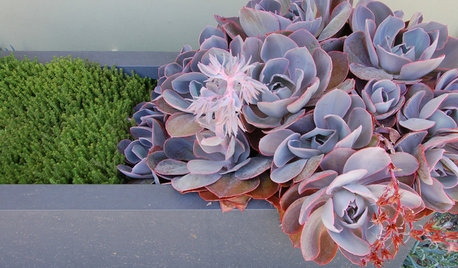
SUCCULENTSGrow a Garden of Succulents for Easy Beauty
Low-water plants in a wide range of colors, shapes and sizes? Sign us up — and check out our faves here
Full Story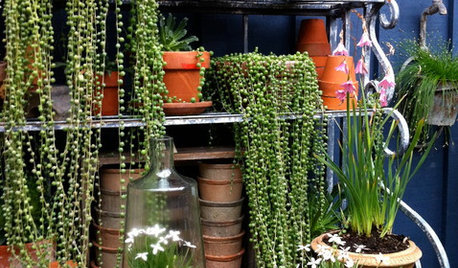
HOUSEPLANTSCascading Succulents Bring Fun Shapes to Your Indoor Garden
For eye-catching spillers with delicate beauty and minimal needs, it's hard to beat these 2 trailing houseplants
Full Story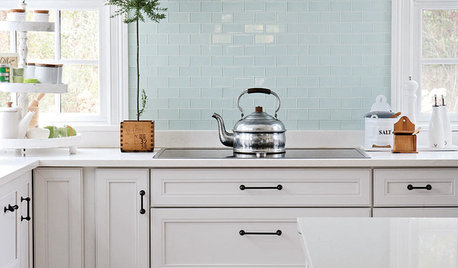
Indoor Gardening: Herbs and Succulents
Pop easy-care plants in a sunny window for beauty, fragrance and flavor all year
Full Story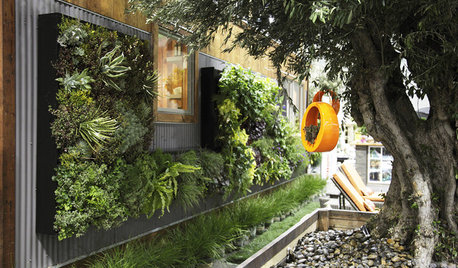
GARDENING GUIDESSucculents Juice Up Outdoor Gardens
Climbing garden walls or sprouting from cans and crates, succulent plants add a creative touch to ordinary landscapes
Full Story
CONTAINER GARDENS3 Steps to Creating Quick, Easy and Colorful Succulent Containers
Take a bright container, add a colorful succulent or two and have a professional, summery design in minutes
Full Story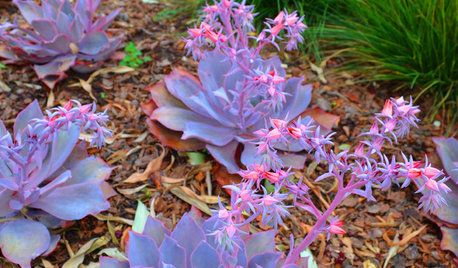
GARDENING GUIDESGreat Design Plants: Stars of the Succulent Garden
Amazing colors, exuberant blooms, low maintenance ... is it any wonder Echeveria is so popular?
Full Story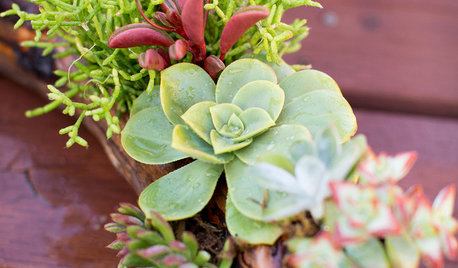
DIY PROJECTSMake a Beautiful and Long-Lasting Driftwood Centerpiece
Add succulents to found wood for an easy arrangement that looks straight from a designer florist's shelf
Full Story
GARDENING GUIDES10 Creative Ideas for Cactus and Succulent Gardens
Arrange cactuses and succulents amid salvaged treasures, against a vibrant painted wall or in terraced beds
Full Story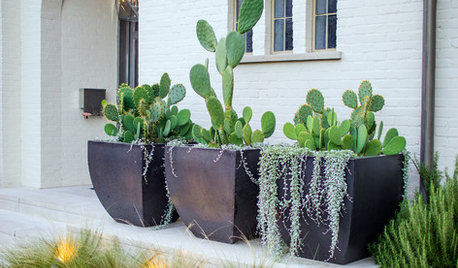
CONTAINER GARDENSCactus and Succulent Containers Are Ideal for Hot, Sunny Spots
Bring on the sun with these heat-loving succulent container gardens
Full Story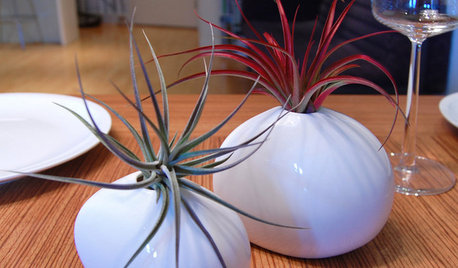
SHOP HOUZZThe Succulent and Air Plant Sale
These low-maintenance plants are a stylish addition to any room in your home
Full Story






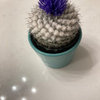
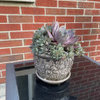
Beachplants
cactusmcharris, interior BC Z4/5
Related Professionals
East Rancho Dominguez Landscape Architects & Landscape Designers · Biloxi Landscape Contractors · Emmaus Landscape Contractors · Hawthorne Landscape Contractors · Panama City Beach Landscape Contractors · Elyria General Contractors · Forest Grove General Contractors · Mount Vernon General Contractors · Nashua General Contractors · Parkersburg General Contractors · Parma General Contractors · Caldwell Carpenters · Fort Myers Carpenters · Carmel Decks, Patios & Outdoor Enclosures · Westminster Decks, Patios & Outdoor Enclosuresrosemariero6
bikerdoc5968 Z6 SE MI
pirate_girl
birdsnblooms
cactusmcharris, interior BC Z4/5
valerievOriginal Author
pirate_girl
valerievOriginal Author
valerievOriginal Author
rosemariero6
valerievOriginal Author
rosemariero6
valerievOriginal Author
cactusmcharris, interior BC Z4/5
Beachplants
cactusmcharris, interior BC Z4/5
valerievOriginal Author
lzrddr
valerievOriginal Author
cactusmcharris, interior BC Z4/5
puglvr1
rosemariero6
rosemariero6
valerievOriginal Author
hoovb zone 9 sunset 23
HU-478262721